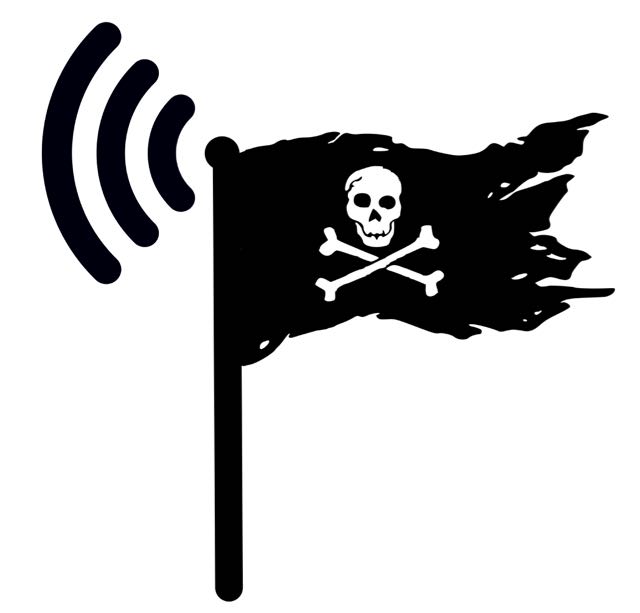A magazine where the digital world meets the real world.
On the web
- Home
- Browse by date
- Browse by topic
- Enter the maze
- Follow our blog
- Follow us on Twitter
- Resources for teachers
- Subscribe
In print
What is cs4fn?
- About us
- Contact us
- Partners
- Privacy and cookies
- Copyright and contributions
- Links to other fun sites
- Complete our questionnaire, give us feedback
Search:
Piracy on the open Wi-fi
by Jane Waite, Queen Mary University of London

You arrive in your holiday hotel and ask about Wi-Fi. Time to finish off your online game, connect with friends, listen to music, kick back and do whatever is your online thing. Excellent! The hotel Wi-Fi is free and better still you don't even need one of those huge long codes to access it. Great news, or is it?
You always have to be very cautious around public Wi-Fi whether in hotels or cafes. One common attack is for the bad guys to set up a fake Wi-Fi with a name very similar to the real one. If you connect to it without realising, then everything you do online passes through their computer, including all those user IDs and passwords you send out to services you connect to. Even if the passwords they see are encrypted, they can crack them offline at their leisure.
Things just got more serious. A group has created a way to take over hotel Wi-Fi. In July 2017, the FireEye security team found a nasty bit of code, malware, linked to an email received by a series of hotels. The malware was called GAMEFISH. But this was no game and it certainly had a bad, in fact dangerous, smell! It was a 'spear phishing' attack on the hotel's employees. This is an attack where fake emails try to get you to go to a malware site (phishing), but where the emails appear to be from someone you know and trust.
Once in the hotel network, so inside the security perimeter, the code searched for the machines running the hotel's Wi- Fi and took them over. Once there they sat and watched, sniffing out passwords from the Wi-Fi traffic: what's called a man-in-the-middle attack.
The report linked the malware to a very serious team of Russian hackers, called FancyBear (or APT28), who have been associated with high profile attacks on governments across the world. GAMEFISH used a software tool (an 'exploit') called EternalBlue, along with some code that compiled their Python scripts locally, to spread the attack. Would you believe, EternalBlue is thought to have been created by the US Government's National Security Agency (NSA), but leaked by a hacker group! EternalBlue was used in the WannaCry ransomware too. This may all start to sound rather like a farfetched thriller but it is not. This is real! So think before you click to join an unsecured public Wi-Fi.


